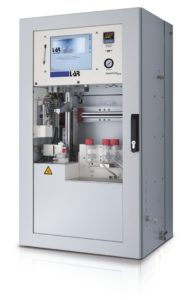
Environment
& Municipalities
& Municipalities
Environmental monitoring is closely related to municipal water monitoring applications. Either it is monitoring of waste water dirscharge into public water bodies or for treatment of drinking water from surface water or ground water. Furthermore, in regions where potable water resources are scarce, online water monitoring helps to control processes of desalination facilities.
On the other hand, discharge control of waste water from municipal and industrial sources, both into waste water treatment plants and into public waterways such as rivers and lakes, is of great importance when it comes to resource preservation and environmental protection.
Types of Water
- Surface water
- River water
- Ground water
- Drinking water
- Desalination
- Waste water
- Discharge control
Discharge control, resource preservation and environmental protection
Need further information?
Cosa Xentaur
4140 World Houston Parkway
Suite 180
Houston, TX 77032
USA















